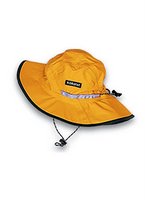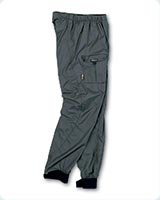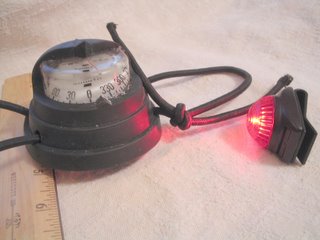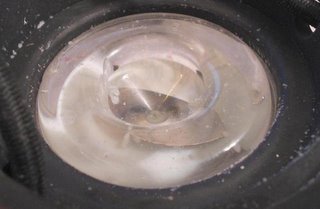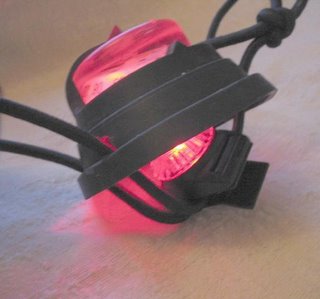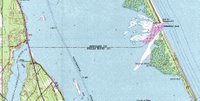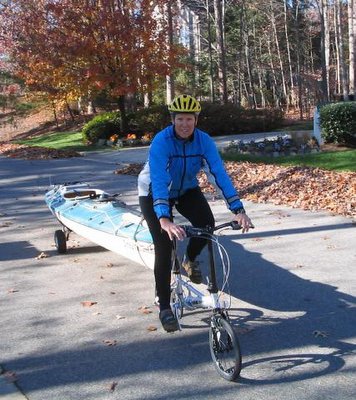There are a number of archived articles in the WaterTribe Magazine that address planning and training for a Challenge. I have followed the article 'Get Fit for a Challenge" as I trained for my last two Everglades Challenges, and am basically following these recommendations for the Ultimate Challenge as well.
With 8 weeks left, it's time for Phase 2, " Ratchet Up and Working At Night". This entails:
- Paddling with a loaded boat for every training paddle.
- Paddling 3 days per week, 2 days are 1 chunk days (i.e. 4hr paddles), the third will alternate weeks of 2 and 3 chunk paddle days.
- Practice camping and transition drills (see excerpt from article below). Part of my drills will include setting up camp in the Dreamcatcher, both on land and on the water.
"On the 2-chunk training day practice our stealth camping drills. Can you hit the beach, change clothes, set up camp, eat a meal, and be in your hammock in about 30 minutes? On three chunk training days practice transition drills. When you transition form one chunk to another you need to stretch, eat, take a dump, reload your hydration bladders, maybe refold your charts, review your plan for the next chunk, etc. All in 15 or 20 minutes."
In addition to weekly paddling, I'll continue my yoga and core strength and weight training, and ramp up the biking (portage training). With the cold mornings here, I"ll be taking a spin class twice a week, then a longer training ride during the weekend on a 1 chunk day. On some of these training rides I'll need to hook up my Dahon folding bike to the boat and practice towing with a loaded boat getting ready for the portage.
This is a lot of work. It'll be important to avoid over-training, to eat well, and to find time for rest. There is also continued mental training, and route planning and other preparation still to do.
I also keep a training dairy and update it daily, this is to try to help keep me stay on track with my plans.


